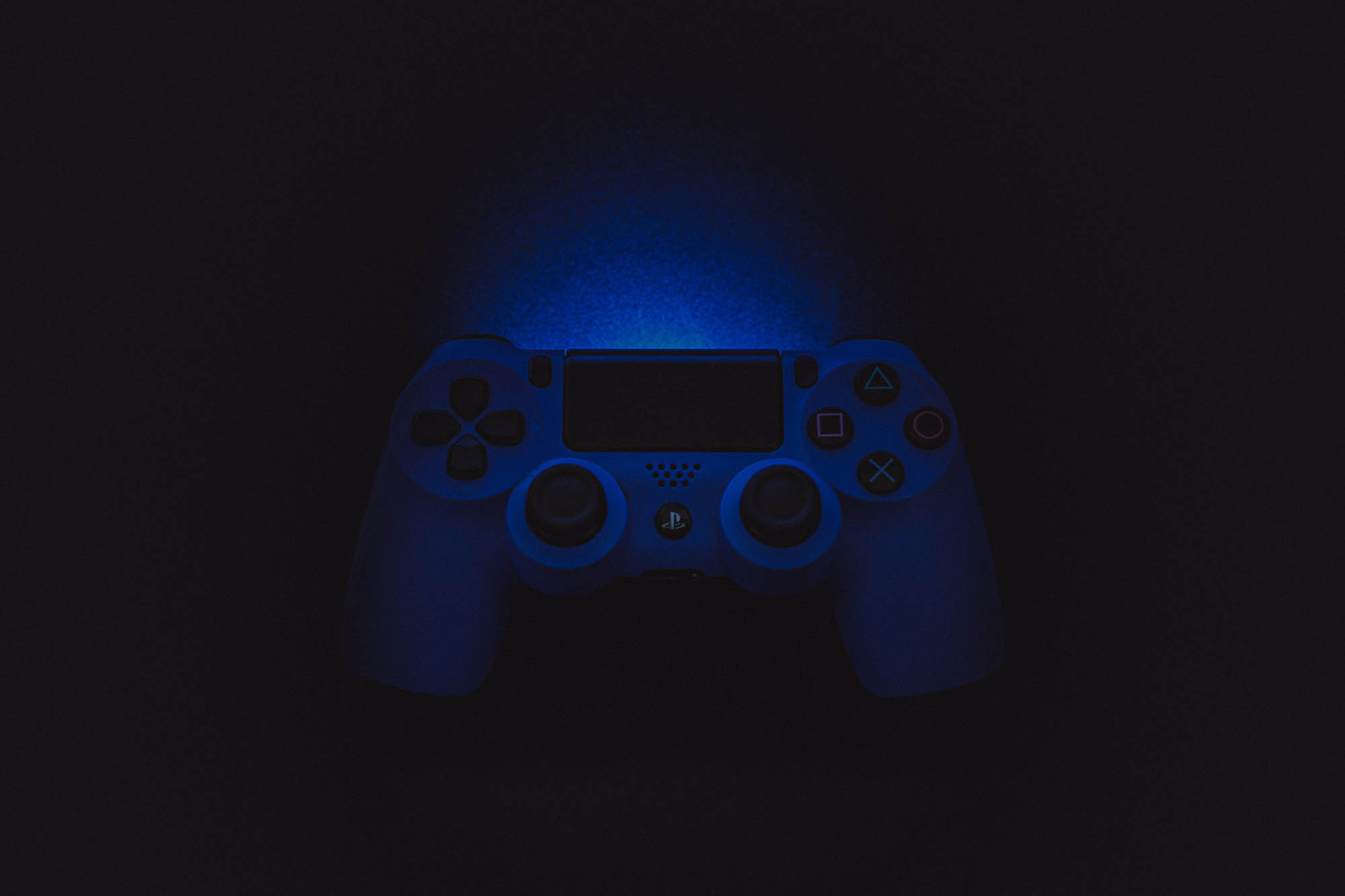The Evolution of Gaming: From Niche to Mainstream Ad Powerhouse

AdInMo Advisor, Yasin Dabhelia, explores gaming’s journey towards a mainstream media channel and how brands are recognizing its potential as a vital component of their marketing strategies, particularly in reaching younger generations.
Last month’s IAB PlayFronts felt like a watershed moment for the in-game advertising industry. The event, now in its third year, brimming with case studies and research showcased how gaming is asserting its permanence in the media landscape; no longer a novelty in advertising, marketers now have compelling evidence of gaming’s efficacy as an advertising platform.
The ‘Changing the Game: How Games Advertising Powers Performance’ research conducted by IAB and Advertiser Perceptions revealed a shifting landscape with. investment in gaming is steadily rising. Advertisers increasingly recognize gaming as not just a niche market but a powerful avenue to reach diverse audiences globally. Moreover, gaming integration is no longer limited to one-off activations; 78% of advertisers are seamlessly incorporating gaming into their year-round marketing strategies.

Emphasizing the potential, eMarketer projects a significant surge in U.S. gaming spend from $8.5 billion in 2024 to $11.5 billion by 2027. With 213 million gamers in the U.S. alone, gaming presents a vast opportunity
Whereas CTV has now had over a decade to establish itself, its younger more nimble sibling, in-game advertising, has in three years already developed standardized ad formats, agreed MRC approved measurement best practices, and addressability capabilities. For example, the recent revisions by IAB on standardized ad sizes reflect this progress, leveling the playing field for measurement standards, according to 68% of marketers surveyed.
This progress has happened in parallel to the games industry’s continued growth. ‘Inside Entertainment Report’, from Fandom, the largest fan community, elucidates the growing dominance of gaming. Notably, gaming surpasses TV and movies as the preferred choice of entertainment with 33% spending less time watching TV or movies and a staggering 59% switching to gaming.
Players find gaming more engaging, empowering, and a social community. The 2024 Next Gen Attention study by Livewire underscores gaming’s dominance among Gen Alpha, Gen Z, and Millennials who not only prefer gaming as their primary entertainment but also welcome branded interactions within games, with a significant likelihood of subsequent brand purchases.

Of course, demographics alone do not define an audience. AdInMo’s own behavioral data insights show Millennials and Gen Z have equal probability of being a casual gamer (those that play up to 2 hours a day) whereas dedicated players (those who spend more than 6 hours a day playing games) are more likely to invest that time in arcade or sports games.
Richer affinity, behavioral and contextual first party data affords advertisers better targeting and underlines the diversity of audiences that can be reached via games.
Interestingly, one of the beacons of media publishing The New York Times has also recognized the potential of gaming in its subscription strategy. NYT Games now attracts more consumer engagement than any other NYT app, further showcasing the integration of gaming into mainstream media consumption.
The evolution of gaming from niche to mainstream advertising powerhouse is undeniable. As gaming continues to flourish, brands recognize its potential and embrace it as a vital component of their marketing strategies, particularly in reaching younger generations shaping the future of media consumption.
More…
Staying at home: the staggering worldwide impact on the digital games industry
Amid the Covid-19 crisis, spending on digital gaming has reached record highs of $10.8bn in March 2020 with mobile gaming contributing more than 50% of this total at $5.7bn. This comes as no surprise as many individuals are using gaming as a positive source of...
(Un)Reachable Markets
How Parade Media used AdInMo to get their TV products in front of elusive audiences. The Problem Like most media companies, independent TV distributor Parade Media relies on a multi-channel distribution strategy to engage those audiences that just don’t watch...
Why In-Game Advertising Sucks
In-game advertising sucks. That’s not news, but it bears repeating. It doesn’t just suck in the same way that, say, dodgy used car salesmen or “cheese-flavored product” do either, where one party profits wildly while the rest of us get shafted. It’s as frustrating for...





